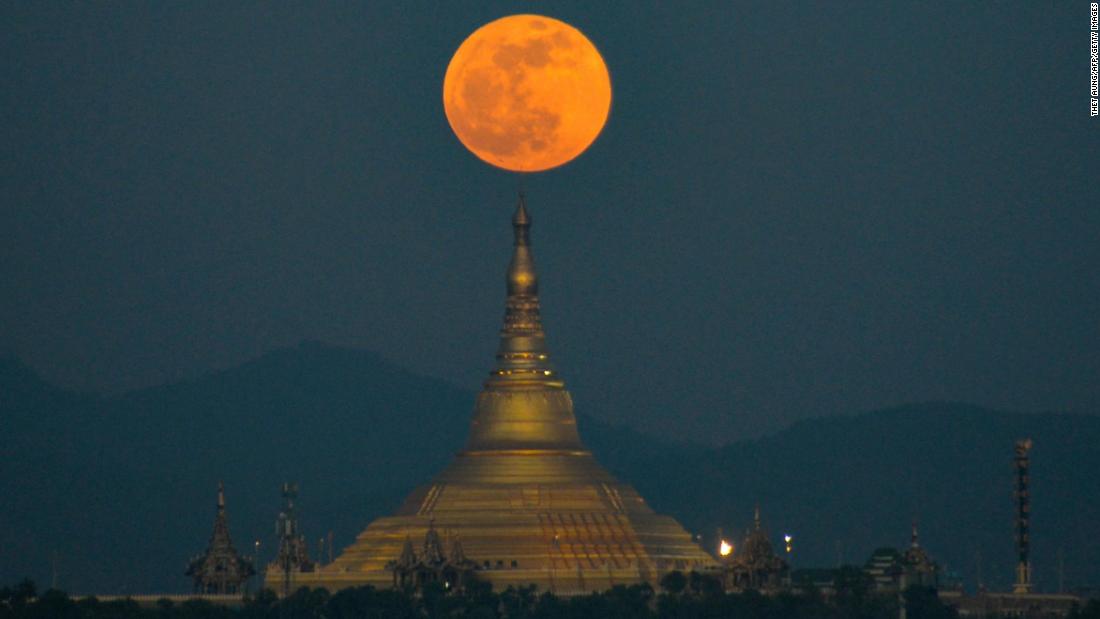
Early Monday morning, when the moon moves into the Earth’s penumbra or outer shadow, is called a penumbral lunar eclipse.
During an eclipse, about 85% of the shadows darken during the peak or middle phase of a lunar eclipse.
The lunar eclipse entered the eclipse at 2:29 a.m. Monday, the event lasted four and a half hours until 6:56 a.m. ET.
Native Americans called the full moon of November the Beaver Moon, associating it with the time of year when Beavers finished building their lodges made of branches and mud in preparation for winter.
This full moon is also called the full snow moon, as it falls during the cold temperatures of November in the Northern Hemisphere.
.